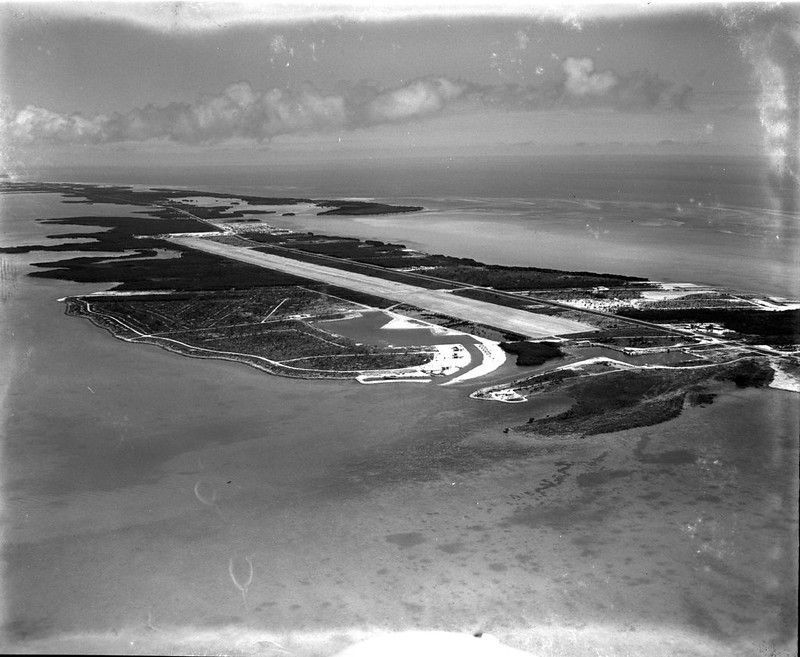August 13
- Florida Keys History Center

- Aug 12
- 2 min read

1861 – An edict was issued stating that no vessels were allowed to leave Key West unless the owners and crews first took the oath of allegiance to the Union.
1932 – Preliminary work was started on a lighthouse at Smith Shoals. The shoals located north of the entrance to the Northwest Channel was named for Harbor Pilot Joshua Smith, who had discovered the shoals.
1957 – Navy engineers were studying the integrity of the water pipeline that ran from the mainland to Key West. Of the 129-mile-long pipe, 102 miles were buried, and 42 miles of the buried pipe were below the tideline. There were concerns some of the buried portion needed to be repaired or replaced.
1958 – The Civil Aeronautics Administration agreed to relinquish any federal claim to the ownership of the Marathon Airport if title was obtained by Monroe County. County commissioners ordered the process to begin.
1975 – The newly-formed Black Businessmen’s Improvement Association intended to rehabilitate Key West’s Petronia Street, from Duval to Emma. Chairman Roy Grant said the three-block corridor was “the main thoroughfare of the Black community as an island of Black businesses, totally surrounded by Black people.”
1980 – An Air Florida flight from Key West to Miami was hijacked and taken to Havana. The plane and passengers returned unharmed to Miami.
1985 – A plan to demolish the USO building at Jackson Square in Key West and replace it with an 18,000-square-foot Monroe County Justice Center was approved by the Old Island Restoration Commission.
Information compiled by Dr. Corey Malcom, Lead Historian, Monroe County Public Library, Florida Keys History Center.
Image: North Marathon Shores and Marathon Airport in the 1950's. Photo by Edwin O. Swift Jr., from the archives of Edwin O. Swift III. Monroe County Public Library, Florida Keys History Center.




